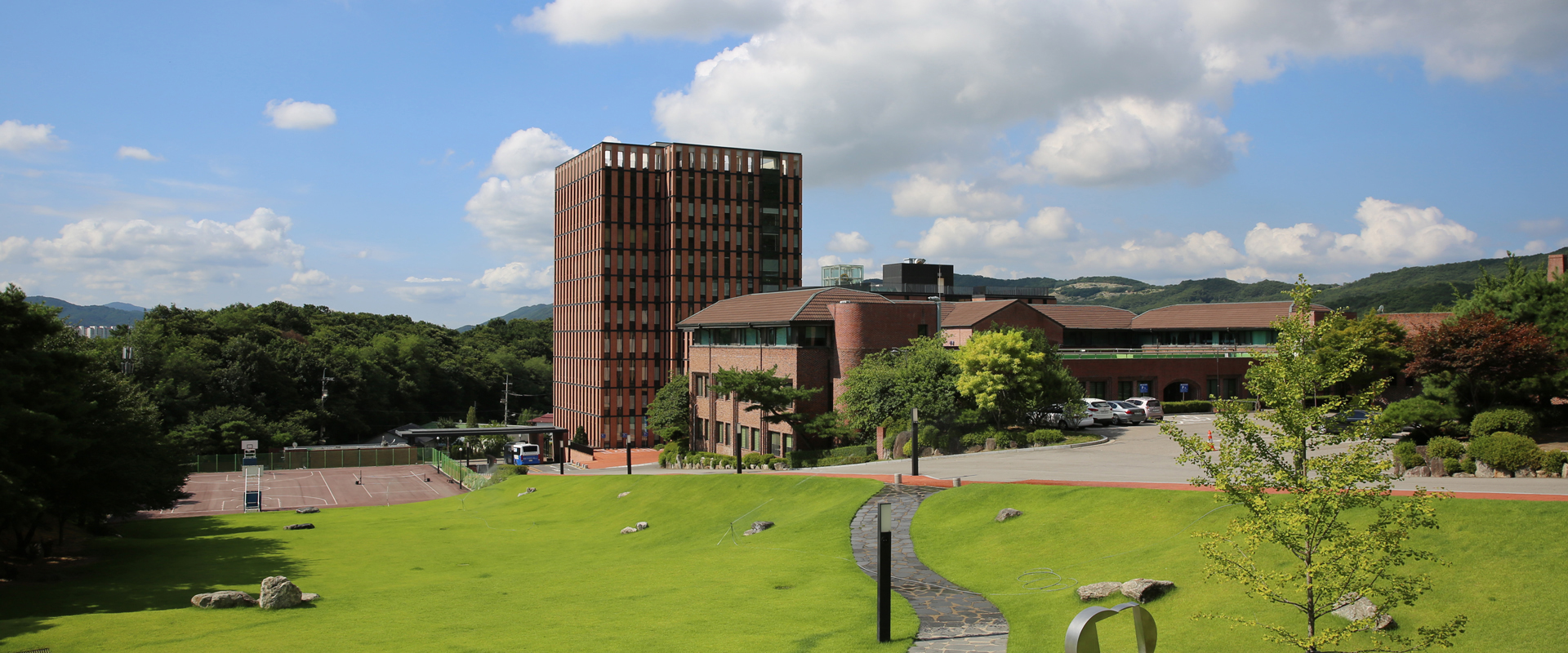Establishment and characterization of human engineered cells stably expressing large extracellular matrix proteins
Establishment and characterization of human engineered cells stably expressing large extracellular matrix proteins
Daekee Kwon, Gwang-Sik Kang, Dong Keun Han, Kwideok Park, Jae-Hwan Kim, Soo-Hong Lee
Archives of Pharmacal Research, doi:10.1007/s12272-013-0294-0
ABSTRACT
Commercially available extracellular matrix (ECM) hydrogel-coated culture plates have been used to study the relationship between the ECM microenvironment and stem cell behavior. However, it is unclear whether ECM-coated dishes mimic the natural ECM microenvironment because the architecture of the ECM is constructed of randomly distributed fibers. The purpose of this study was the production and confirmation of human engineered cell lines stably expressing large ECM proteins such as collagen I/II and fibronectin. First, large (over 10 kb) ECM vectors encoding human collagen I/II and fibronectin were constructed and the circular vectors were linearized. Second, the linear ECM vectors were introduced into immortalized human embryonic kidney cells using various transfection methods. The polyethylenimine and liposome methods showed higher efficiencies than electroporation for transfection of these large vectors. Third, human ECM engineered cells were established by stable integration of the vector into the genomic DNA and resulted in stable overexpression of mRNA and proteins. In summary, human engineered cell lines stably expressing large ECM proteins such as human collagen I/II and fibronectin were successfully prepared, and secretion of the ECM components into the surrounding environment was confirmed by immunocytochemistry. Thus, human ECM engineered cells naturally secreting ECM components could be valuable for studying the relationship between the native ECM microenvironment and stem cell behavior.
Commercially available extracellular matrix (ECM) hydrogel-coated culture plates have been used to study the relationship between the ECM microenvironment and stem cell behavior. However, it is unclear whether ECM-coated dishes mimic the natural ECM microenvironment because the architecture of the ECM is constructed of randomly distributed fibers. The purpose of this study was the production and confirmation of human engineered cell lines stably expressing large ECM proteins such as collagen I/II and fibronectin. First, large (over 10 kb) ECM vectors encoding human collagen I/II and fibronectin were constructed and the circular vectors were linearized. Second, the linear ECM vectors were introduced into immortalized human embryonic kidney cells using various transfection methods. The polyethylenimine and liposome methods showed higher efficiencies than electroporation for transfection of these large vectors. Third, human ECM engineered cells were established by stable integration of the vector into the genomic DNA and resulted in stable overexpression of mRNA and proteins. In summary, human engineered cell lines stably expressing large ECM proteins such as human collagen I/II and fibronectin were successfully prepared, and secretion of the ECM components into the surrounding environment was confirmed by immunocytochemistry. Thus, human ECM engineered cells naturally secreting ECM components could be valuable for studying the relationship between the native ECM microenvironment and stem cell behavior.
- PMID: 24258966
- Fulltext: http://link.springer.com/article/10.1007/s12272-013-0294-0#


